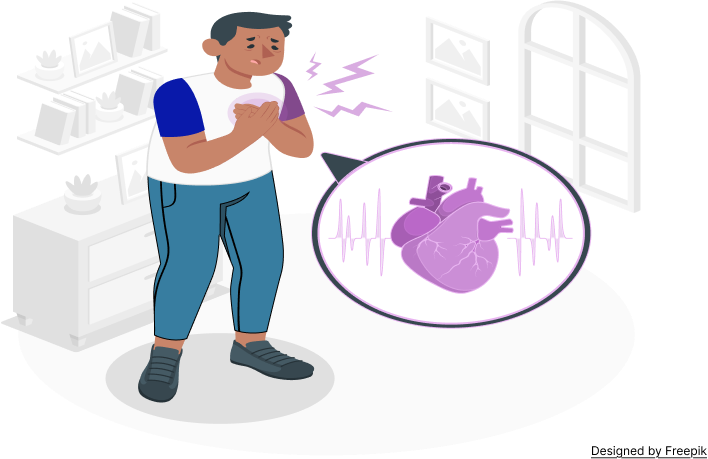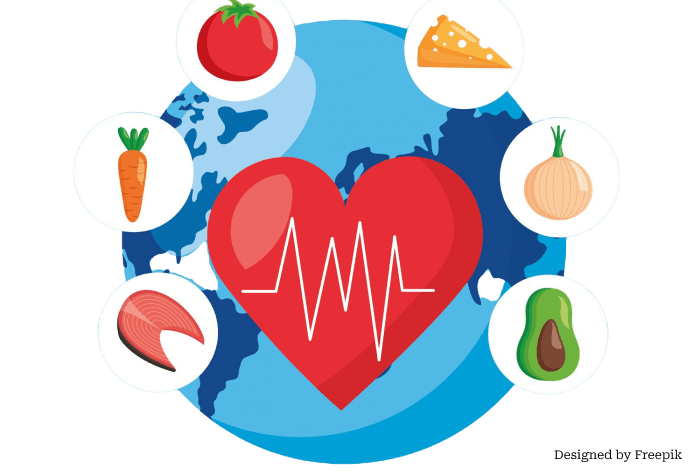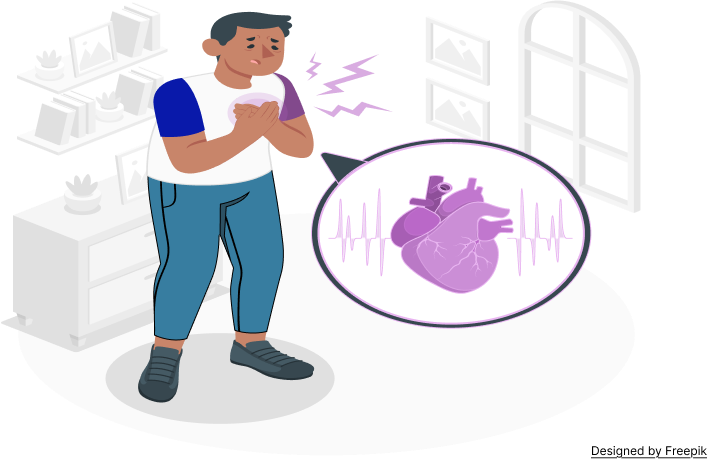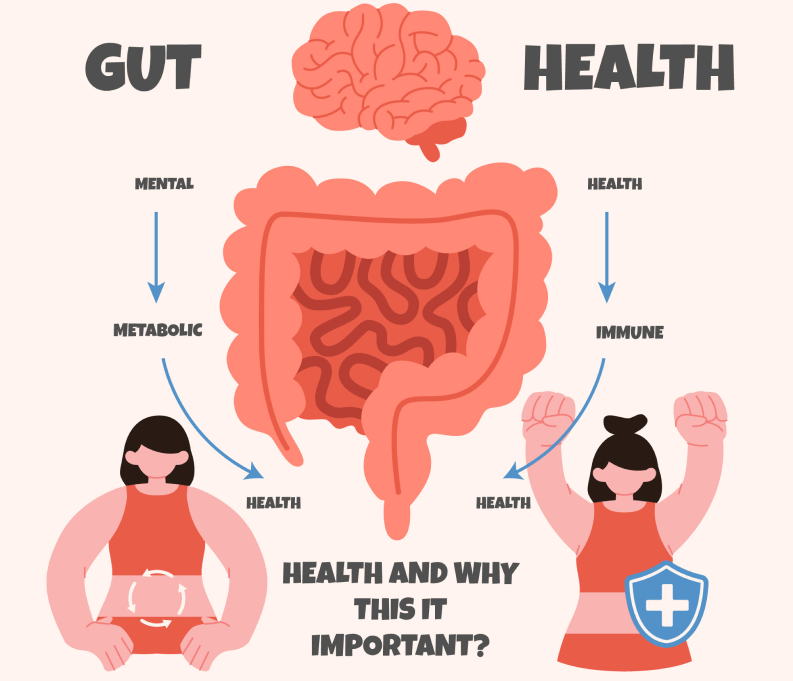Heart Attacks Among Younger People

Heart attacks are increasingly being reported among younger people aged 30 to 50 years. This article explores natural methods to prevent heart attacks naturally by addressing modifiable lifestyle factors and focusing on holistic health.
What is a Heart Attack? (Scientific Explanation)
A heart attack occurs when blood flow to the heart is severely reduced or blocked. This is usually caused by the buildup of fat, cholesterol, and other substances in the coronary arteries, forming plaques—a process called atherosclerosis.
Quick Tip: Heart attacks occur due to blocked blood flow from plaque buildup in arteries. Understanding this is the first step to prevention.
(Reference: Mayo Clinic)
Ayurvedic Perspective on Heart Health
Ayurveda focuses on improving circulation, reducing high blood pressure and stress, and enhancing arterial elasticity and aerobic function. It emphasizes understanding the root causes of heart disease and adopting strategies for recovery.
Quick Tip: Ayurveda takes a holistic approach by improving circulation, reducing stress, and enhancing arterial health to combat heart disease.
Root Causes: Food and Lifestyle Changes

Our modern lifestyle and dietary habits play a significant role in increasing heart attack risks. This article explores how to minimize these risks through mindful changes in diet and lifestyle patterns.
Quick Tip: Modern dietary and lifestyle habits significantly increase heart attack risks. Mindful changes can minimize these risks.
The Interconnection of Diseases
Heart attacks are often linked to conditions like diabetes, high blood pressure, and cholesterol. Doctors emphasize:
“If you can control your diabetes, then it’s possible to prevent four heart attacks.”
Unchecked diabetes may lead to silent heart attacks, which occur without the severe pain typically associated with heart attacks. Addressing these interconnected conditions is crucial to reducing heart attack risks.
Quick Tip: Diabetes, cholesterol, and high blood pressure form a triangular link to heart attacks. Managing these conditions is critical.
Modifiable vs. Non-Modifiable Risk Factors

All risk factors for heart disease can be categorized into two groups:
Modifiable Risk Factors
These are factors you can control. Imagine road accidents—most occur due to negligence or lack of awareness. Similarly, managing heart disease involves conscious efforts to control lifestyle choices. Once diagnosed, the responsibility to manage and recover lies in your hands.
Non-Modifiable Risk Factors
These are factors beyond your control, such as genetics or ethnicity. Just as accidents can occur even when following traffic rules due to others’ mistakes, genetic predispositions may increase heart disease risk. However, natural remedies and lifestyle changes can still play a vital role in mitigating these risks.
Modifiable Risk Factors: Steps to Take
- Stop Smoking: Quitting smoking reduces heart attack risk by 5% within a few days and by 50% within a year.
Quick Tip: Quitting smoking quickly reduces heart attack risks—by 5% in days and 50% in a year.
- Maintain a Healthy Weight: Men’s waist size should be below 40 inches; women’s below 35 inches. Regular exercise and yoga are crucial. (Stay tuned for upcoming articles on specific yoga poses and exercises to prevent heart attacks.)

Making better lifestyle choices: From couch potato to fitness enthusiast.
Quick Tip: Keep waist size below 40 inches (men) or 35 inches (women). Exercise and yoga are key to maintaining a healthy body.
- Exercise Regularly: Aim for 150 minutes of moderate exercise or 75 minutes of intense exercise weekly. Elders can start with short walks and gradually increase activity levels.
Quick Tip: Commit to 150 minutes of moderate or 75 minutes of intense exercise weekly. Seniors can start with short walks.
- Get Adequate Sleep: Sleep recharges the body and helps cure diseases in a subconscious way. Aim for 7-8 hours of quality sleep per night.

Quick Tip: Sleep is your body’s recharge tool. Aim for 7–8 hours nightly to support overall health and disease prevention.
- Control Diabetes and Cholesterol: Managing diabetes and cholesterol is critical. These conditions form a triangular effect leading to heart attacks. Doctor’s advice: Controlling diabetes can drastically reduce heart attack risks.
Quick Tip: Controlling these conditions prevents heart attacks and related risks. Follow natural remedies and lifestyle tips for management.
Read our articles on natural remedies for diabetes, cholesterol, and blood pressure for more guidance.
Diet Tips to Prevent Heart Attacks Naturally

Foods to Include:
- Vegetables and Fruits: High in fiber, vitamins, and minerals. Diabetic individuals should moderate high-sugar fruits.
- Easily Digestible Foods: Opt for lighter meals that are easier on your stomach.
Foods to Avoid:
- Processed Foods: Avoid trans fats as they can block arteries and increase heart attack risks.
- Refined Oils: These are harmful to heart health; choose healthier alternatives.
- Excessive Meat: Limit meat consumption to once or twice a month, if necessary.
Holistic Approach: Food and Lifestyle Patterns
If identified as at-risk or diagnosed with heart disease, take prescribed medications alongside natural remedies. Focus on:
- Eating a balanced diet.
- Incorporating natural remedies.
- Avoiding over-reliance on medication.



